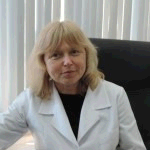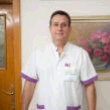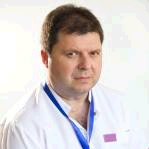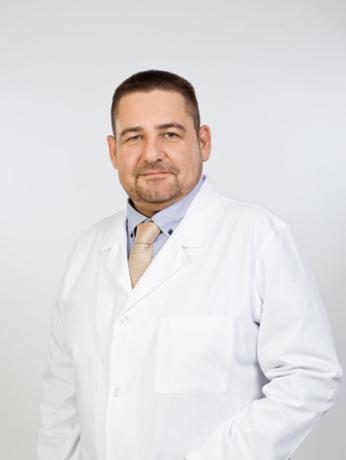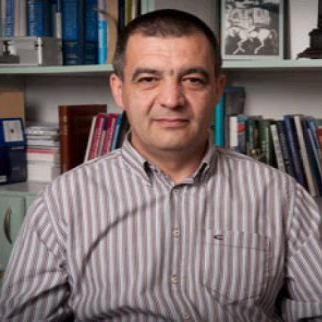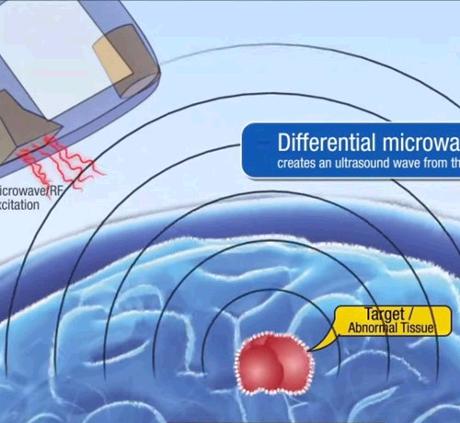
A multidisciplinary scientific team of medical doctors and electrical engineers from Stanfor University has made new technology to take the form of a hend-held device named a “tricoder” that is able to “hear” tumors. The concept, called 'noncontact thermoacoustic detection' in the team's Applied Physics Letters paper and presented at the International Ultrasonics Symposium in Taipei, Taiwan, could detect early-stage cancers with electromagnetic energy.
It is widely known that tumors grow additional blood vessels to continue growing. It is exactly the same type of growth shows up as 'hot spot' on an ultrasound.
The project is led by Assistant Professor Amin Arbabian and Research Professor Pierre Khuri-Yakub. The medical use of this cutting edge technology is the latest discovery of the Stanford team. The thermoacoustic detection method grows out of research designed to detect buried plastic explosives in warzones. Researchers say, this technology could also provide a new way to detect early stage cancers non-invasively.
First, all materials expand and contract when stimulated with electromagnetic energy, such as light or microwaves. Second, this expansion and contraction produces ultrasound waves that travel to the surface and can be detected remotely.
The basic principle of this interaction was first revealed in 1880 – at the time the famous Alexander Graham Bell was experimenting with wireless transmission of sound via light beams. Bell used light to make sound emanate from a receiver made of carbon black, which replicated a musical tone.
'We think we could develop instrumentation sufficiently sensitive to disclose the presence of tumors, and perhaps other health anomalies, much earlier than current detection systems, non-intrusively and with a handheld portable device,' says Arbabian.
The technology would actually be the size of a handheld tricorder. According to Kevin Boyle, one of the Ph.D. students on Abrabian's team, the prototype is about the size of a deck of cards.While the technology is just getting off the ground and it may take five to 15 years to be used universally, the greatest excitement comes from the purely noninvasive and easy to use method.
This could make time and money consuming methods such as CT scans and MRIs become far less used in the future of oncology diagnostics and treatment.
See video here.
Posted by : mediKa.bg
Opinions, comments and assessment for New technology "hears" tumors growing

